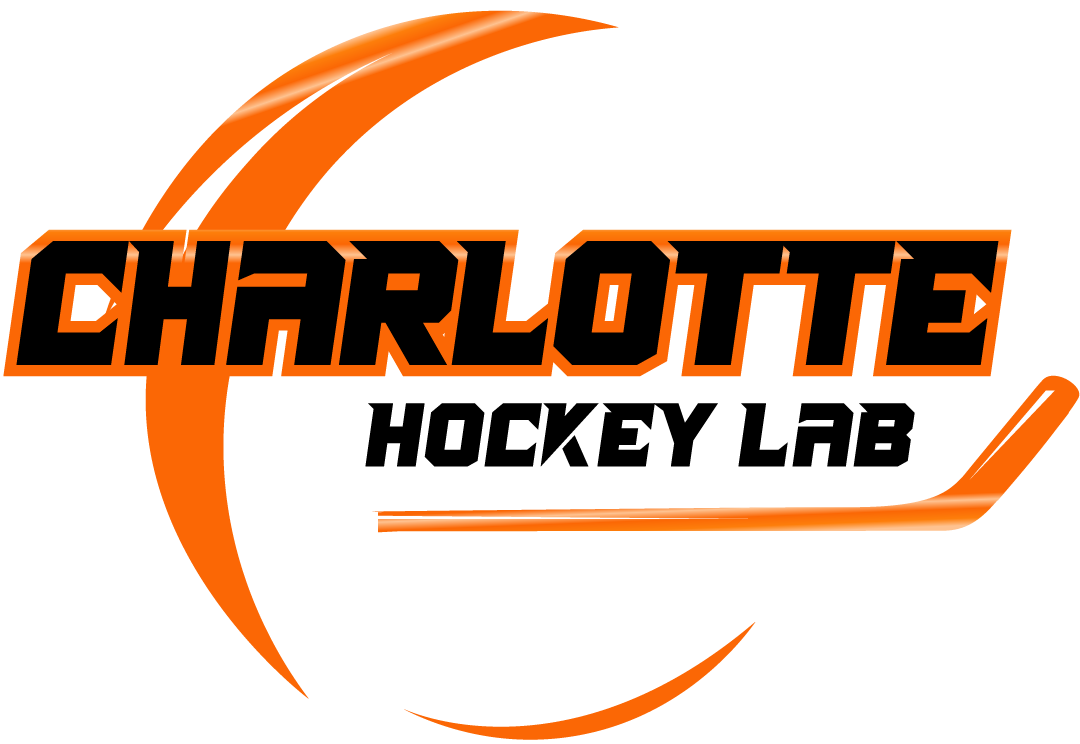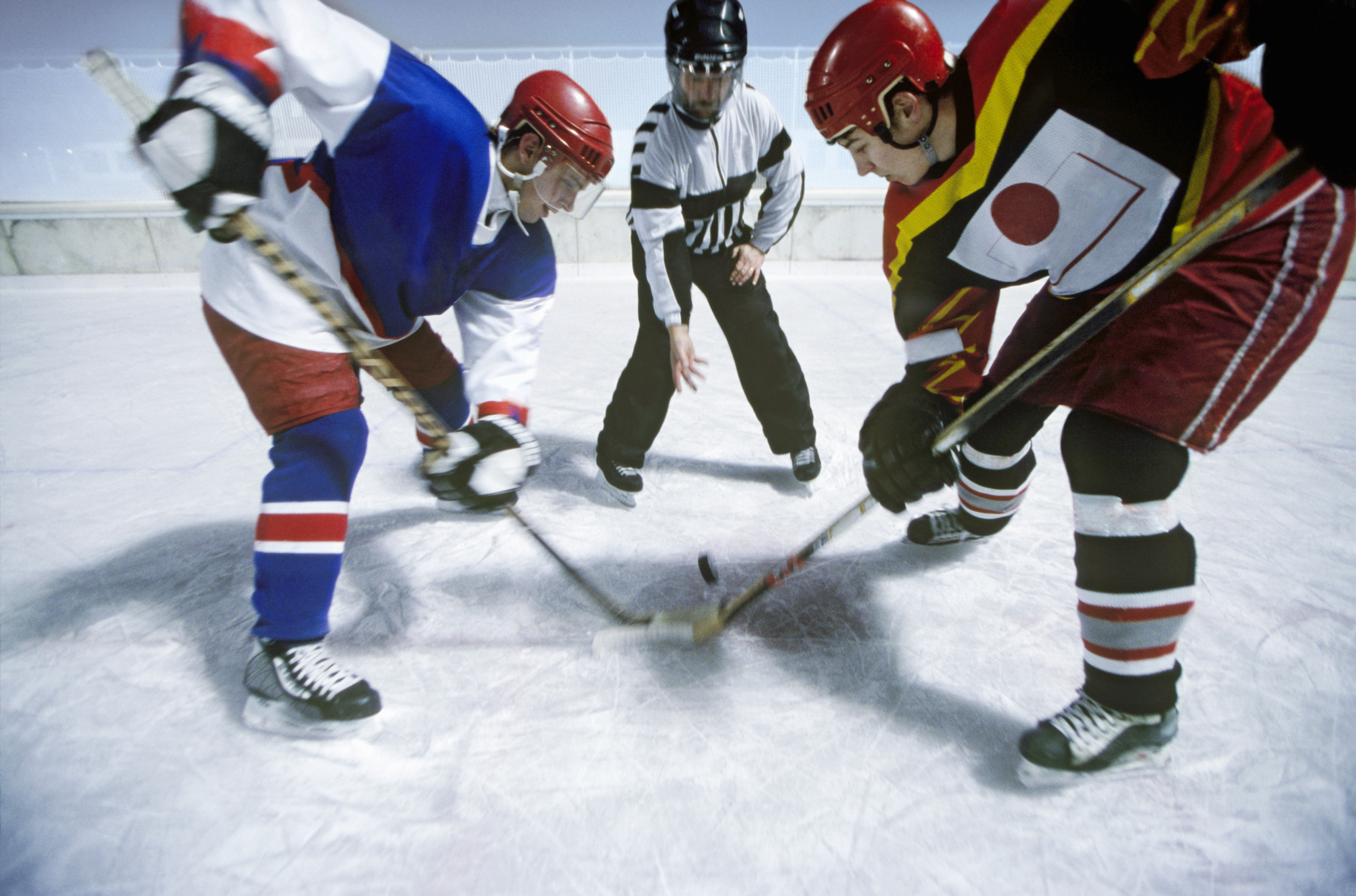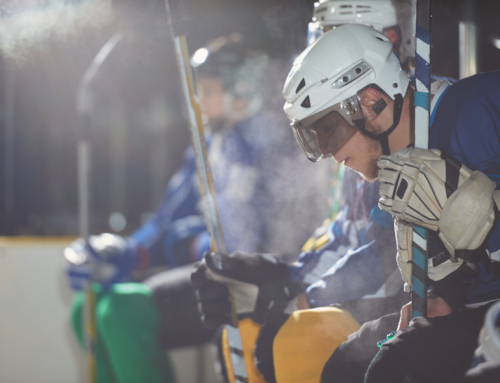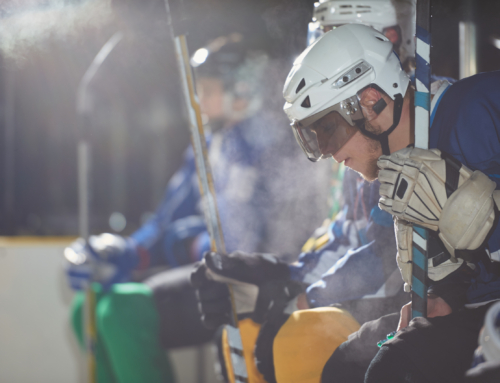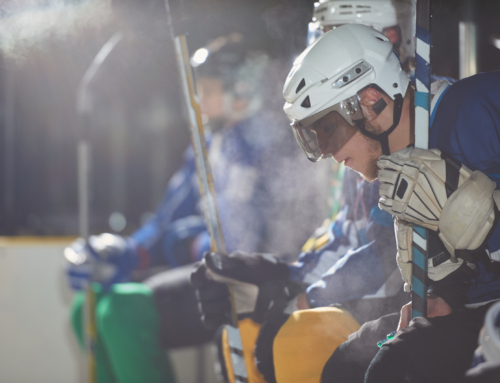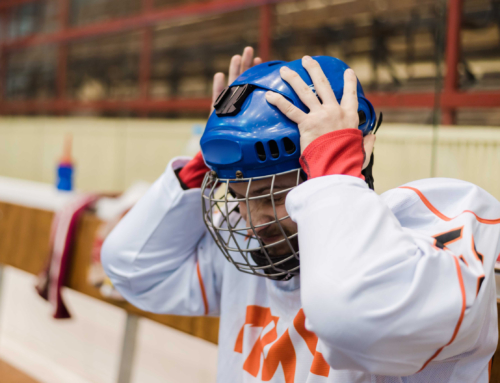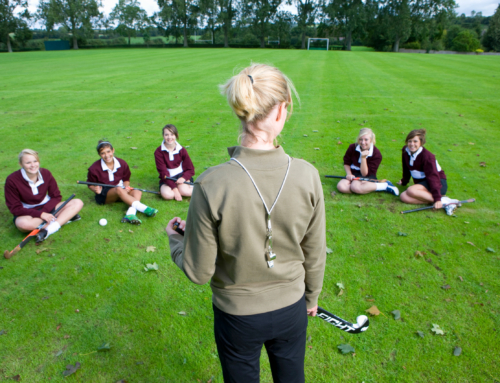Biofeedback for Hockey Mental Edge: Sharpen Your Game Focus
The Mental Game of Hockey Unlocking Peak Performance
Hockey is a sport of speed, skill, and raw power, but equally crucial is the mental fortitude required to excel under pressure. From intense penalty kills to critical shootout attempts, a player’s psychological state can be the difference between a game-winning play and a missed opportunity. This is where the power of the mind, specifically enhanced through techniques like biofeedback, comes into play. Cultivating a strong mental edge allows athletes to maintain focus, manage anxiety, and perform at their peak even in the most demanding situations. Understanding and mastering the mental game is an essential component for any hockey player aiming for true peak performance, enabling them to clear their minds and execute with precision when it matters most. It’s about developing resilience and a calm focus that translates directly to on-ice success, and this is where biofeedback for hockey mental edge training offers a significant advantage.
Understanding Biofeedback How it Fuels Athletic Improvement
Biofeedback is a mind-body technique that teaches individuals to control involuntary bodily processes, such as heart rate, muscle tension, or skin temperature, by gaining awareness of these functions. Sensors are placed on the body to measure physiological activity, and this information is displayed in real-time, often as visual or auditory feedback. This immediate feedback allows athletes to see how their thoughts and emotions directly affect their physical state. Through guided exercises and consistent practice, players learn to voluntarily regulate these responses, leading to a more relaxed and focused state.
In the context of athletic improvement, biofeedback helps athletes understand their stress responses and learn to mitigate them. For example, by observing their heart rate variability or galvanic skin response (GSR), hockey players can practice relaxation techniques that lower their physiological arousal, preparing them for optimal performance. This self-regulation fosters a deeper mind-body connection, giving athletes a tangible way to influence their own physiology and achieve a state conducive to peak performance.
Biofeedback for Hockey Mental Edge Sharpening On-Ice Focus
The fast-paced and dynamic nature of hockey demands unwavering focus. A momentary lapse in concentration can lead to a turnover, a missed defensive assignment, or a squandered scoring chance. This is where biofeedback training proves invaluable for developing a sharp on-ice focus. By learning to control physiological indicators of stress and distraction, players can train their minds to remain centered amidst the chaos of a game. Techniques such as neurofeedback, a specific type of biofeedback that focuses on brainwave activity, can help athletes enter and maintain optimal states of mental alertness and concentration. This enables them to filter out distractions, process information more efficiently, and make quicker, more effective decisions on the ice.
Imagine a defenseman needing to make a critical breakout pass under heavy forechecking pressure, or a forward aiming for a precise shot in a crowded slot. The ability to maintain composure and execute flawlessly stems from a well-trained mind. Biofeedback helps hockey players cultivate this discipline, turning mental clarity into a powerful asset. By actively practicing mental regulation off the ice, they build the capacity to access that heightened state of focus during actual gameplay, providing a true biofeedback for hockey mental edge.
Conquering Performance Anxiety and Clutch Moments
Every hockey player, regardless of skill level, faces performance anxiety. The pressure of a crucial game, a packed arena, or a career-defining moment can cause even the most seasoned athletes to choke. Biofeedback provides practical strategies to conquer this anxiety. By monitoring physiological responses associated with stress, such as increased heart rate or rapid respiration, players learn to recognize the onset of anxiety and apply learned relaxation techniques to counteract it.
Techniques taught through biofeedback, like diaphragmatic breathing or progressive muscle relaxation, enable athletes to consciously lower their arousal levels. This self-regulation empowers them to remain calm and composed in clutch situations—whether it’s stepping up for a penalty shot, defending a one-goal lead in the final minute, or making a critical save. The goal is not to eliminate anxiety entirely, but to manage it effectively, transforming potential panic into productive focus. This mastery over one’s own physiological responses is key to consistently performing well when the stakes are highest.
Honing Reaction Time with Advanced Biofeedback Training
In hockey, milliseconds can separate a spectacular play from a missed opportunity. Reaction time is paramount, from a goaltender’s lightning-fast save to a forward’s quick release shot. Advanced biofeedback training offers innovative ways to hone this critical skill. Some systems are designed to measure subtle physiological changes that precede a physical reaction, providing feedback that allows athletes to shorten their latency period.
For example, sensors can track muscle activation or brainwave patterns, training players to respond faster to visual or auditory cues. This precision training goes beyond traditional drills by providing real-time data on the neurological and muscular readiness to react. The ability to shave even a fraction of a second off reaction time can translate into significant on-ice advantages, whether it’s winning a loose puck race, intercepting a pass, or getting a shot off before a defender can block it. Biofeedback equips players with the neurological control needed to react with unparalleled speed and accuracy.
Choosing the Right Biofeedback Tools for Your Game
The landscape of biofeedback tools for sports performance is diverse, ranging from simple, portable devices to sophisticated multi-modal systems. Selecting the right tools depends on individual goals, budget, and the specific physiological parameters one wishes to train. Some common types of biofeedback equipment include:
- Heart Rate Variability (HRV) Devices: These track the variations in time between heartbeats, reflecting the balance of the autonomic nervous system. Training HRV can improve stress resilience and emotional regulation.
- Electromyography (EMG) Sensors: Used to measure muscle tension. Athletes can learn to relax specific muscle groups, which can improve efficiency and reduce energy expenditure.
- Galvanic Skin Response (GSR) Monitors: Measure changes in skin conductance, an indicator of sweat gland activity and, consequently, physiological arousal or stress.
- Temperature Sensors: Monitor skin temperature, often used to teach relaxation techniques, as a relaxed state is typically associated with warmer extremities.
- Neurofeedback Systems: More advanced, these systems monitor brainwave activity (EEG) and train individuals to produce specific brainwave patterns associated with focus, calm, or alertness.
When choosing, consider ease of use, the clarity of feedback, and whether the device’s capabilities align with your specific mental or physiological training objectives for improving your hockey performance.
Success Stories from Pro Teams and Elite Athletes
The integration of biofeedback into professional sports is not new, and many elite athletes and pro teams have quietly embraced these techniques to gain a competitive edge. While specific names are often kept confidential to protect competitive advantages, numerous reports and anecdotal evidence from sports psychologists and trainers highlight its impact. NHL hockey teams and Olympic athletes have utilized biofeedback to help players manage pre-game jitters, improve focus during critical plays, and accelerate recovery from intense training and games. The ability to monitor and self-regulate physiological responses provides athletes with a level of control over their performance that was once unattainable.
These success stories underscore a fundamental truth: mental training is as vital as physical training. Biofeedback offers a scientific, data-driven approach to mental conditioning, allowing athletes to objectively track their progress in areas like emotional regulation, stress reduction, and concentration. This commitment to holistic development, encompassing both mind and body, is increasingly recognized as a cornerstone of elite athletic achievement, cementing biofeedback’s place in modern high-performance hockey training.
Have questions? Contact us here.

We use only the finest ingredients to produce stellar tastes.
